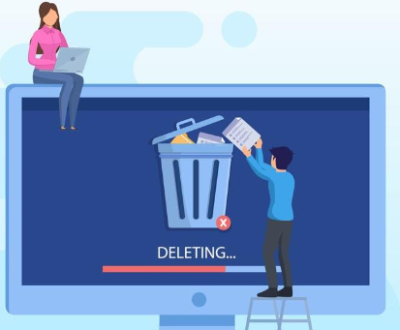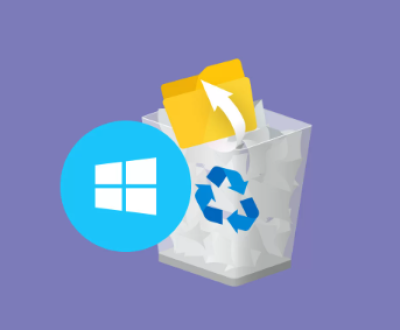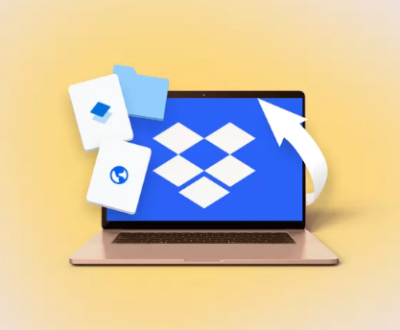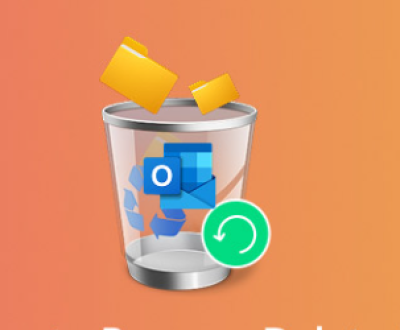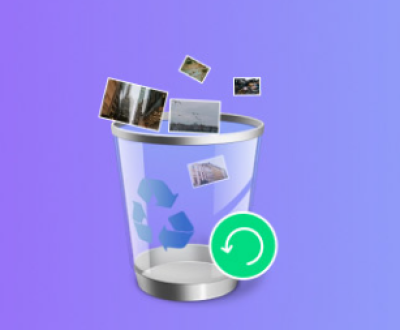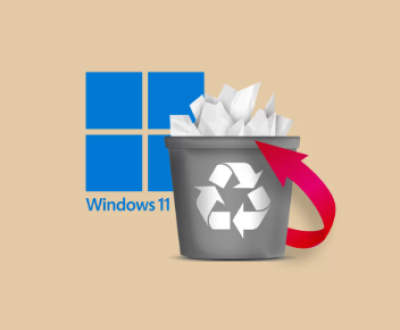Formatting a USB drive to FAT32 is often a necessary step for compatibility with a variety of devices, from older systems and media players to cameras and game consoles. However, it’s not uncommon for Windows users to encounter an issue where the FAT32 option is not available when trying to format a USB drive.
1. FAT32 File System
Before diving into the troubleshooting steps, let’s briefly discuss the FAT32 file system and its uses:
FAT32 (File Allocation Table 32) is an older file system that’s widely supported across many platforms, including Windows, macOS, Linux, and embedded devices like cameras, game consoles, and MP3 players.
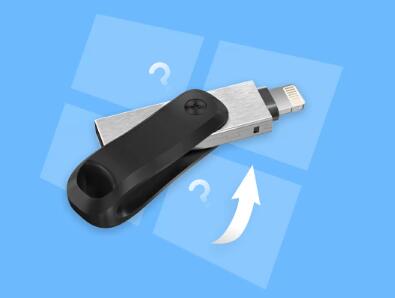
One of the main advantages of FAT32 is its compatibility with a wide range of devices and operating systems. However, FAT32 does have some limitations:
The maximum file size it can handle is 4GB. This means that any individual file larger than 4GB cannot be stored on a FAT32-formatted drive.
FAT32 supports a maximum partition size of 2TB, although most operating systems won’t allow formatting over 32GB through normal means (as we’ll explain below).
2. Why Windows Might Not Show FAT32 as an Option
There are several reasons why Windows may not show the FAT32 option when formatting a USB drive. These include:
Drive Size Limitations
Windows has a built-in restriction that prevents users from formatting USB drives larger than 32GB with FAT32 using the default tools (like File Explorer or Disk Management). This limitation is a known issue in Windows, and while the FAT32 file system can technically support volumes larger than 32GB, Microsoft restricts the ability to format larger drives using its built-in utilities.
File System Limitations in Windows Tools
Windows defaults to offering NTFS, exFAT, and sometimes ReFS (Resilient File System) options when formatting USB drives larger than 32GB. FAT32 is often omitted as a viable choice for drives larger than this, even though it is technically possible to format a larger drive with FAT32 using third-party tools or command-line utilities.
Corrupt or Unformatted USB Drive
If the USB drive is unformatted, corrupt, or damaged, Windows might not recognize the drive properly, and the option to format it as FAT32 could be missing. This might occur due to issues such as file system corruption or if the drive is not being detected correctly by Windows.
Drive Partitioning Issues
Sometimes, partitioning issues (like an existing partition structure that’s incompatible with FAT32) can prevent Windows from offering the FAT32 option. If the drive has a partition scheme that isn’t compatible with FAT32. Windows may automatically select a more modern file system like NTFS or exFAT, which are better suited for newer systems.
Using Third-Party Formatting Software
Third-party formatting tools, like those from Seagate, Western Digital, or other USB drive manufacturers, often come with their own file system formats. If these tools have been used to format the drive previously, it may default to a file system that is incompatible with FAT32. limiting your options within Windows.
3. Solutions for Formatting Your USB Drive to FAT32 in Windows
Now that we understand why Windows might not show FAT32 as an option, let’s walk through the solutions to resolve the issue and successfully format your USB drive to FAT32.
3.1 Using Command Prompt to Format USB Drive to FAT32
One workaround to format USB drives larger than 32GB with FAT32 is using the Command Prompt in Windows. This method bypasses the restrictions imposed by the graphical tools in Windows.
Here’s how to do it:
Open Command Prompt as Administrator:
Click on the Start menu, type “cmd,” right-click on Command Prompt, and select Run as Administrator.
Identify Your USB Drive:
In the Command Prompt, type diskpart and press Enter.
Once in diskpart, type list disk and press Enter. This will show all the connected drives on your system.
Identify your USB drive by its size (e.g., Disk 1. Disk 2). Be careful when selecting the drive to format as you may accidentally select the wrong one.
Select Your USB Drive:
Type select disk X, replacing “X” with the disk number corresponding to your USB drive, and press Enter.
Clean the USB Drive:
To ensure no previous partitioning schemes are present, type clean and press Enter. This will erase all data on the drive, so ensure that you’ve backed up any important files before proceeding.
Create a New Primary Partition:
Type create partition primary and press Enter to create a new primary partition on the drive.
Format the Drive as FAT32:
Type format fs=fat32 and press Enter. Windows will now begin formatting your USB drive with the FAT32 file system.
Assign a Drive Letter:
After the format is complete, type assign and press Enter. This will assign a letter to the USB drive, making it accessible in File Explorer.
Exit Diskpart:
Type exit to exit diskpart, and then close the Command Prompt.
Your USB drive should now be formatted to FAT32. and you can use it with any compatible device.
3.2 Using Third-Party Software
If the Command Prompt method feels intimidating or if you’re looking for a more user-friendly solution, third-party formatting tools are a great alternative. Several free tools allow you to format larger USB drives (over 32GB) to FAT32. Some of the most popular ones include:
GUIFormat: This is a simple, free tool that provides a graphical user interface (GUI) for formatting large drives to FAT32. It is especially useful for drives larger than 32GB.
Rufus: A versatile tool often used for creating bootable USB drives. Rufus also allows you to format drives in FAT32. NTFS, exFAT, and other formats.
EaseUS Partition Master: A more robust disk management tool that can help you format USB drives to FAT32. even for large volumes.
To use these tools, simply download and install the software, select your USB drive, choose FAT32 as the file system, and start the formatting process.
3.3 Fixing Corrupt or Unformatted USB Drives
If your USB drive is corrupt or unformatted, Windows may not be able to detect it or show the formatting options. In this case, you can try the following steps:
Check the USB Drive in Disk Management:
Right-click on the Start menu and select Disk Management.
If your USB drive appears there but shows as “Unallocated,” right-click on it and select New Simple Volume to create a new partition.
You can then choose FAT32 as the file system during the formatting process.
Use CHKDSK to Repair the Drive:
Open Command Prompt as Administrator and type chkdsk X: /f, replacing “X” with the letter of your USB drive.
This command will attempt to fix any file system errors on the drive, making it possible to format it as FAT32.
Try a Different USB Port or Computer:
Sometimes, the issue could be related to the USB port or the computer itself. Try plugging your USB drive into a different port or another computer to see if the issue persists.
3.4 Alternative File Systems
If you’re still unable to format your USB drive to FAT32 or don’t want to deal with these issues, consider using alternative file systems:
exFAT: This file system is similar to FAT32 but has no file size limit and supports larger volumes. It’s supported by many modern devices, including cameras, gaming consoles, and smartphones. If FAT32 is unavailable, exFAT is a good alternative for large USB drives.
NTFS: While NTFS is mainly used by Windows systems, it is a powerful file system for large volumes. However, it may not be compatible with all devices, especially older ones.
About us and this blog
Panda Assistant is built on the latest data recovery algorithms, ensuring that no file is too damaged, too lost, or too corrupted to be recovered.
Request a free quote
We believe that data recovery shouldn’t be a daunting task. That’s why we’ve designed Panda Assistant to be as easy to use as it is powerful. With a few clicks, you can initiate a scan, preview recoverable files, and restore your data all within a matter of minutes.

 Try lt Free
Try lt Free Recovery success rate of up to
Recovery success rate of up to

